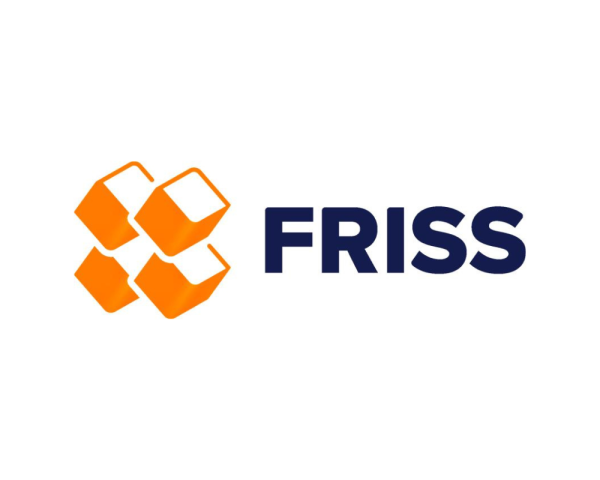Emerging tech like generative AI poses new fraud risks for insurers. They must adapt with improved security, detection tools, and data management to stay ahead.
Content: Bad actors intending to commit fraud have always been innovators, finding new ways to defraud insurers and honest policyholders and often staying one step ahead of investigators. Advances in technology, like AI and generative AI, will bring new risks to the insurance industry as criminals search for weaknesses they can use to their advantage.
As technology shifts toward a more collaborative open system approach through the use of open AI programs and other generative AI applications, insurers will need to understand these risks and be proactive to prevent breaches and fraud attempts. A recent Aon report found AI will become a top-twenty risk in the next three years, highlighting the need for the industry to focus on the risks associated with it.
Whenever new technologies are introduced, bad actors search for ways to exploit them. Ring cameras have been hacked, with horrifying examples of hackers spying on people, making death threats, or scaring children through the cameras. A Jeep was hacked as an example of how software updates can be exploited, with the “carjackers” taking complete control of the vehicle as it was being driven. The various smart devices that now fill the homes of many people are often vulnerabilities, including smart TVs, lightbulbs, and thermostats.
The risks generative AI poses are dynamic and will continue changing alongside the technology, which means the industry must try to keep pace with bad actors.
New Risks, New Opportunities From Generative AI
While AI and generative AI use is still in the early stages, the insurance industry cannot ignore the emerging risks that accompany the opportunities. Some of the risks include:
- Data privacy and security concerns.
- Inherent bias built into generative AI applications.
- Ensuring compliance with legal and regulatory requirements.
- Potential over-reliance on AI and generative AI.
- Attacks by hackers on vulnerabilities within generative AI programs.
- Data poisoning when bad actors introduce bad information into AI databases.
FRISS recently released its 2024 Fraud Report examining global beliefs about fraud and actions taken to detect and prevent fraud in the insurance industry. Looking at emerging issues like fraud in AI and other technology, the survey examined how respondents found and prevented application and claims fraud and the tools they use to help fight fraud.
The majority of respondents (59.8%) would like to see their organizations implement automated fraud detection tools. Respondents believe implementing these automated tools combined with increased fraud awareness training and better collaboration between departments would help their organizations better fight fraud.
To fight these risks associated with generative AI programs, insurers can implement tools and strategies designed to detect, prevent, and control fraud.
Ways Insurers Can Help Manage Generative AI Fraud
Insurers will need to stay ahead of trends and changes in technology and use cases to effectively help manage fraud from generative AI technology. Knowing one key risk lies with data privacy means insurers can focus on improving their data security systems to help reduce some of the risks introduced by generative AI.
Another way to strategically fight against generative AI fraud is through the use of a fraud detection and prevention platform. An average of 28.18% of respondents to the FRISS survey said they had no platform currently in place to help detect and prevent fraud. This represents an opportunity area for those without a platform to consider an external or homegrown solution to supplement other tools they already deploy to help fight fraud.
33.82% of respondents worried that keeping up with modern fraud methods was one of their biggest organizational fraud challenges and 39.8% were concerned with data protection and privacy. But the biggest challenge was with data quality, with 61.98% of respondents expressing their concerns about the quality of internal data.
Insurers can focus on these challenges by improving their data security methods and tools. The quality of internal data has historically been a challenge for incumbent insurers as they have tried to analyze their data and draw conclusions from it. Modernizing to a digital platform to detect, manage, and prevent fraud at the application and claims level could be a way to shift to a more predict-and-prevent model when it comes to fraud. To learn more, read the full 2024 Fraud Report, available for download on the FRISS website.
Sponsored by ITL Partner: FRISS








